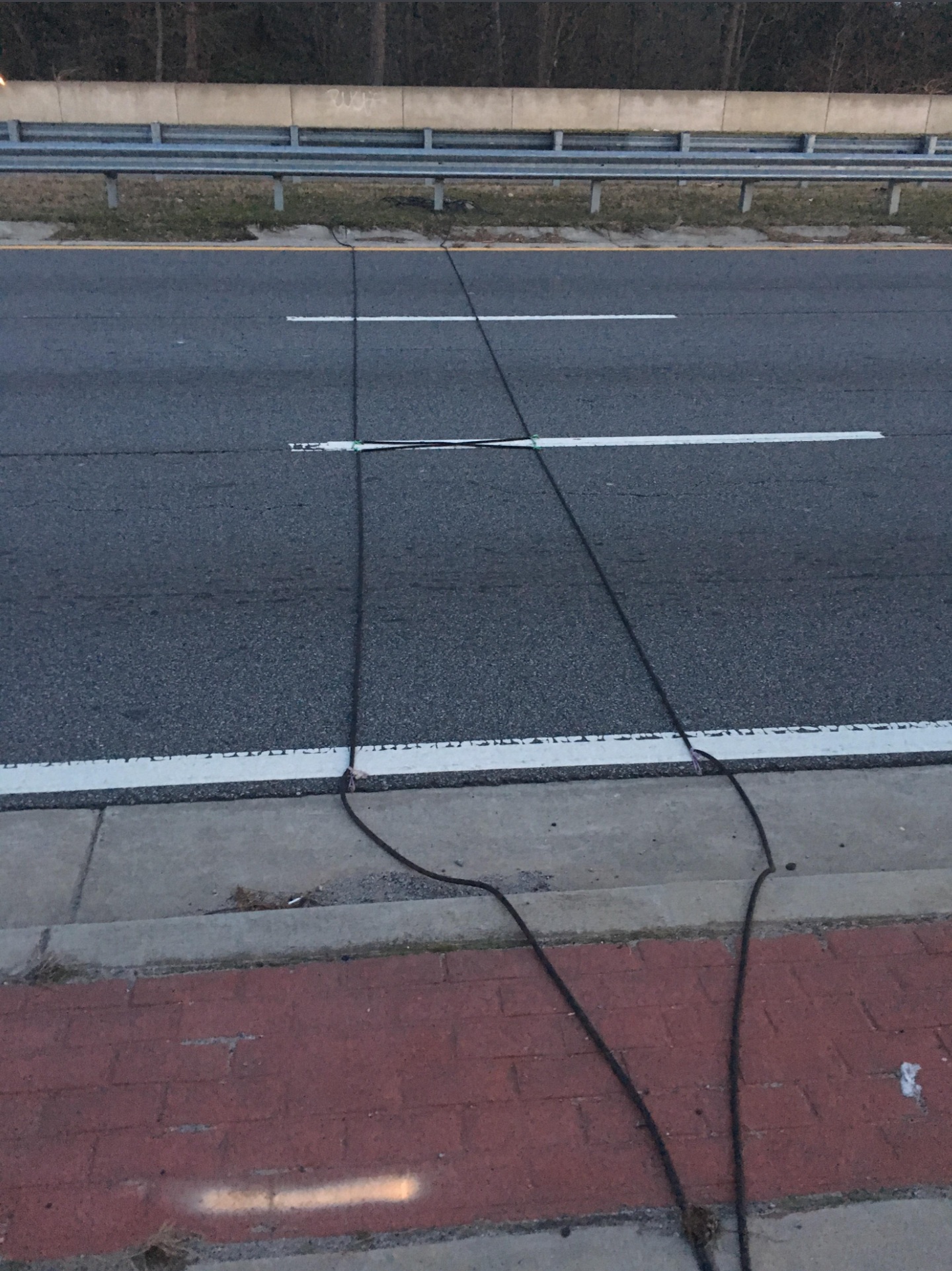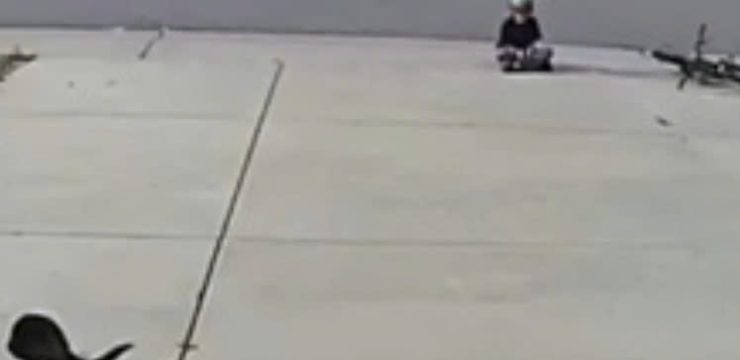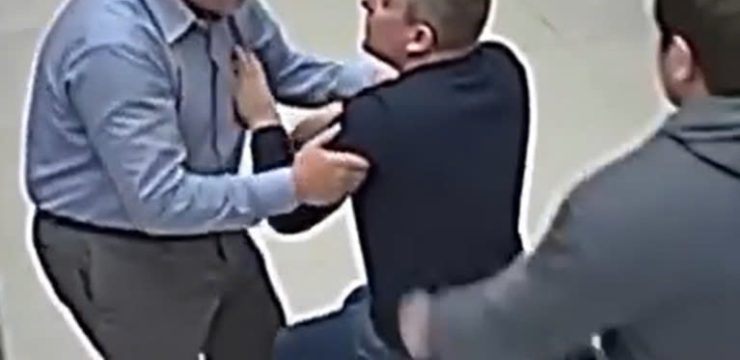The other day, I was on my way to pick up groceries—not exactly in a rush, but definitely not trying to waste time—when I drove over a couple of those black rubber cable-looking things stretched across the road. You’ve probably seen them too, just lying there across both lanes like someone left a job half-finished after some utility work. They make that signature “thunk-thunk” sound under your tires, and then you move on like nothing happened.

No signs, no flashing lights, just cables. I’ve noticed them plenty of times before, but I never stopped to think about what they actually were until my sister, who was riding with me and tends to notice every little thing, asked, “What are those even for?” And just like that, I froze. I’ve been driving for years. I’ve seen those things more times than I can count, and yet, I had absolutely no idea what they did. It was one of those weirdly humbling moments where you realize you’ve just been cruising through life completely unaware of something right under your nose. I mumbled something vague about “pressure sensors,” but as soon as I got home, I did what I always do when I feel clueless—I Googled it while still holding a spoon and an unfinished cup of yogurt. Turns out, those mysterious cables aren’t random at all. They’re called pneumatic tubes, and their job is to count cars.
Yes, really. Every time your vehicle rolls over one, it compresses the tube and sends a small burst of air through it. That puff of air travels to a device at the end that registers it as a vehicle passing over. One tube equals one car counted. If there’s just one tube stretched across the road, it’s likely just collecting basic data—how many vehicles passed through a certain point during a certain time frame. But when you see two tubes, spaced a few feet apart, the system can get even smarter. With two tubes, they can measure speed, direction, and even identify the type of vehicle—whether it’s a motorcycle, a sedan, or a truck.
All from two black hoses on the road. And that data doesn’t just sit around collecting digital dust. It goes to city planners and traffic engineers who use it to make real decisions. Everything from adjusting traffic light timing to adding or removing turn lanes is influenced by the information those tubes collect. I once asked someone how cities decide where to put a new stop sign, and they told me it’s based on things like traffic volume and speed patterns. I nodded like I understood, but it wasn’t until I learned about these tubes that it clicked—this is where that information comes from. They’re essentially the front-line workers of traffic planning. And it’s not just about counting cars. The data can reveal areas where people consistently speed, which might lead to installing speed bumps or one of those digital signs that flashes your speed back at you like a judgmental parent.
They even help with public transit planning. If a bus route is regularly delayed during peak hours, the data can help determine whether it’s due to traffic congestion or poor scheduling. That, in turn, informs decisions about route changes, schedule adjustments, or the addition of dedicated bus lanes. And get this—these little cables can even influence which streets get plowed first during snowstorms. Roads with low traffic volume often get lower priority, which might explain why your street gets cleared last. All this from a simple rubber tube. What amazes me most is how quietly all of this happens. You drive over them without a second thought, and yet they’re logging your trip in real-time, helping shape the infrastructure of your city. It’s like the roads are keeping a silent journal of every car that passes by. And while city traffic planning may not always seem perfect, the data itself is usually solid. It’s far more reliable than human memory or gut instinct. These cables know how many cars went through an intersection at 7:14 a.m. last Tuesday—you don’t. Ever since learning what they do, I’ve started spotting them more often. There’s one near the school where morning traffic is brutal, another near the mall. They’re never around long, just a few days at most, but they always show up right before some kind of change—like a silent hint that the city’s making a move. And no, they’re not recording your license plate. They’re just doing their job quietly, efficiently, and without demanding your attention. Honestly, that kind of simplicity is kind of beautiful.





